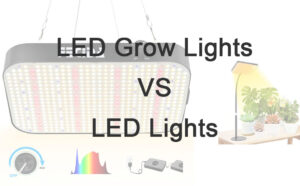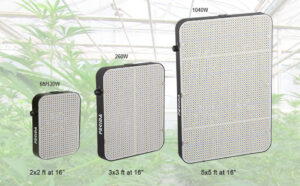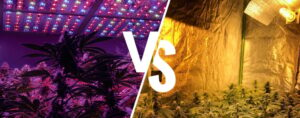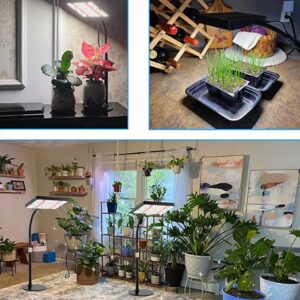
Growing cannabis indoors offers a rewarding opportunity to cultivate your own high-quality plants, regardless of external factors like climate or season. Whether you’re a novice grower or have some experience, understanding the essential requirements is crucial for a successful indoor cultivation journey. In this beginner’s guide, we will explore the key elements you need to grow cannabis indoors, empowering you to start your own thriving garden.
The first step is to designate a dedicated area for your indoor garden. It could be a spare room, a closet, or a specially designed grow tent. Ensure the space is well-ventilated, has access to electricity, and provides enough room for your plants to grow.
Since natural sunlight is limited indoors, you need an artificial lighting system to provide the necessary light spectrum for cannabis growth. LED grow lights are popular for their energy efficiency, adjustable spectrum, and low heat output. Alternatively, you can consider High-Intensity Discharge (HID) lights like Metal Halide (MH) or High-Pressure Sodium (HPS) lights. Choose a lighting system that suits your budget, space, and the specific needs of your plants.
Proper airflow and ventilation are essential for maintaining a healthy indoor grow environment. Install exhaust fans to remove stale air and odor, and intake fans to bring in fresh air. This helps regulate temperature, humidity, and prevents the buildup of excess moisture or stagnant air.
Selecting the right growing medium is crucial for the development of healthy cannabis plants. Options include soil, coco coir, peat moss, or hydroponic systems. Each medium has its advantages and considerations, so choose one that aligns with your skill level, resources, and desired cultivation method.
Cannabis plants require specific nutrients throughout their life cycle. Invest in a quality cannabis-specific nutrient solution that provides the necessary macro and micronutrients. Nutrient requirements vary during different stages of growth, so follow feeding schedules and monitor plant health to ensure proper nutrition.
Monitoring and maintaining the pH (acidity/alkalinity) and EC (electrical conductivity) levels of your water or nutrient solution is vital for nutrient uptake. Use pH and EC meters to regularly test and adjust the pH and nutrient concentration accordingly. Aim for a pH range of 5.5-6.5 for soil-based systems and 5.5-6.0 for hydroponic setups.
Choose suitable containers or pots that provide ample space for root development. Ensure they have proper drainage holes to prevent waterlogging. Fabric pots or smart pots are popular choices as they promote better airflow and root oxygenation.
Maintain an appropriate watering schedule to keep the soil or growing medium moist but not oversaturated. Overwatering can lead to root rot, while underwatering can cause nutrient deficiencies. Consider using an automated irrigation system or self-watering containers to ensure consistent moisture levels.
Cannabis plants thrive in specific temperature and humidity ranges. Aim for temperatures between 20-28°C (68-82°F) during the day and slightly lower at night. Monitor and control humidity levels, aiming for 40-60% relative humidity during the vegetative stage and slightly lower during flowering. Use fans and dehumidifiers to regulate temperature and humidity as needed.
Implement training techniques like topping, LST (Low-Stress Training), or SCROG (Screen of Green) to shape your plants, promote even canopy growth, and maximize yields. Pruning techniques help remove excess foliage, improve airflow, and direct energy towards bud development.
Prevention is key when it comes to pests and diseases. Regularly inspect your plants, maintain cleanliness, and implement preventive measures such as using beneficial insects or organic pest control methods. Stay vigilant to catch any issues early and take appropriate action.
When your plants reach maturity, it’s time to harvest and dry the buds. Prepare tools such as trimming scissors, gloves, and drying racks. Follow proper drying and curing techniques to preserve the flavor, potency, and overall quality of your harvested cannabis.
Growing cannabis indoors is an exciting journey that allows you to cultivate high-quality plants year-round. By understanding the essential requirements outlined in this beginner’s guide, you’ll be equipped to create a favorable environment for your cannabis garden. Remember, patience, attention to detail, and continuous learning are key to mastering the art of indoor cannabis cultivation. Enjoy the process and savor the rewards of growing your own cannabis at home.






When you place an order in Check Out page, select “Create an account“, system will automatically create an account for you and send the account info to your Email Address.
